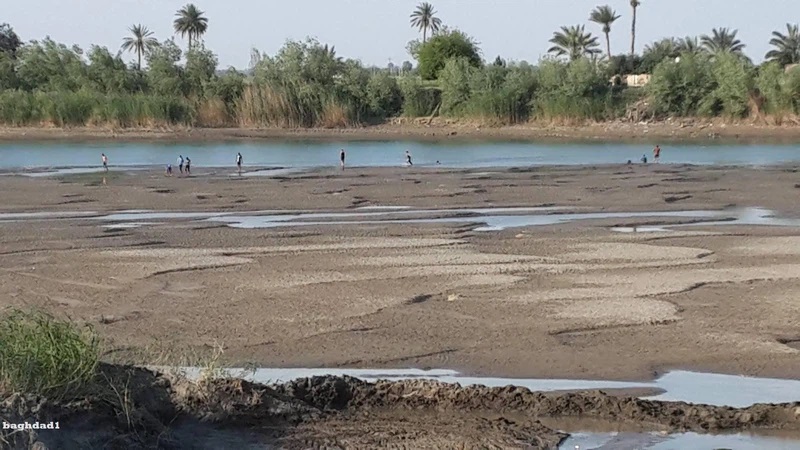Sama Yas – researcher
Summary:
This policy paper will discuss six questions:
-What is desertification?
-How will desertification in Iraq affect its living conditions?
-What are the main factors draining water from Iraq?
-What forces drive desertification as it is now?
-What are the images of corruption prevailing in the country?
-How do we address the dream of thirst and combat the corruption that causes desertification?
Iraq is one of the most vulnerable countries to climate change in the Middle East and faces unique environmental challenges. The main question is when will Iraq begin mitigating climate change damage with actual implementation? As well as sweltering weather, water scarcity is the biggest concern affecting the country’s livelihood. The threat haunting the country for years has failed attempts to resolve the country’s water file with neighboring upstream countries, Turkey and Iran. The impact of global warming outweighs the damage to cultivated land, while desertification creeps faster than expected, devouring (100 acres) of agricultural land annually. The policy paper will shed light on government projects versus non-governmental efforts to mitigate desertification damage. Starting with the green belt, green cover, and rationalization of water use under the drought that haunts the country. Amid the country’s precarious security situation and with a shallow vision for stability and good governance, Iraq faces a pointless challenge with a rapid population increase versus a massive drop in water level. How to combat corruption that dominates domestic action and bridge the gap between ambitious global goals and government strategy
This policy paper will discuss six questions:
-What is desertification?
-How will desertification in Iraq affect its living conditions?
-What are the main factors draining water from Iraq?
-What forces drive desertification as it is now?
-What are the images of corruption prevailing in the country?
-How do we address the dream of thirst and combat the corruption that causes desertification?
Iraq is one of the most vulnerable countries to climate change in the Middle East and faces unique environmental challenges. The main question is when will Iraq begin mitigating climate change damage with actual implementation? As well as sweltering weather, water scarcity is the biggest concern affecting the country’s livelihood. The threat haunting the country for years has failed attempts to resolve the country’s water file with neighboring upstream countries, Turkey and Iran. The impact of global warming outweighs the damage to cultivated land, while desertification creeps faster than expected, devouring (100 acres) of agricultural land annually. The policy paper will shed light on government projects versus non-governmental efforts to mitigate desertification damage. Starting with the green belt, green cover, and rationalization of water use under the drought that haunts the country. Amid the country’s precarious security situation and with a shallow vision for stability and good governance, Iraq faces a pointless challenge with a rapid population increase versus a massive drop in water level. How to combat corruption that dominates domestic action and bridge the gap between ambitious global goals and government strategy










